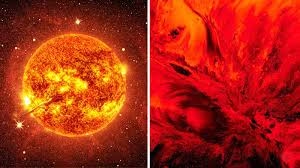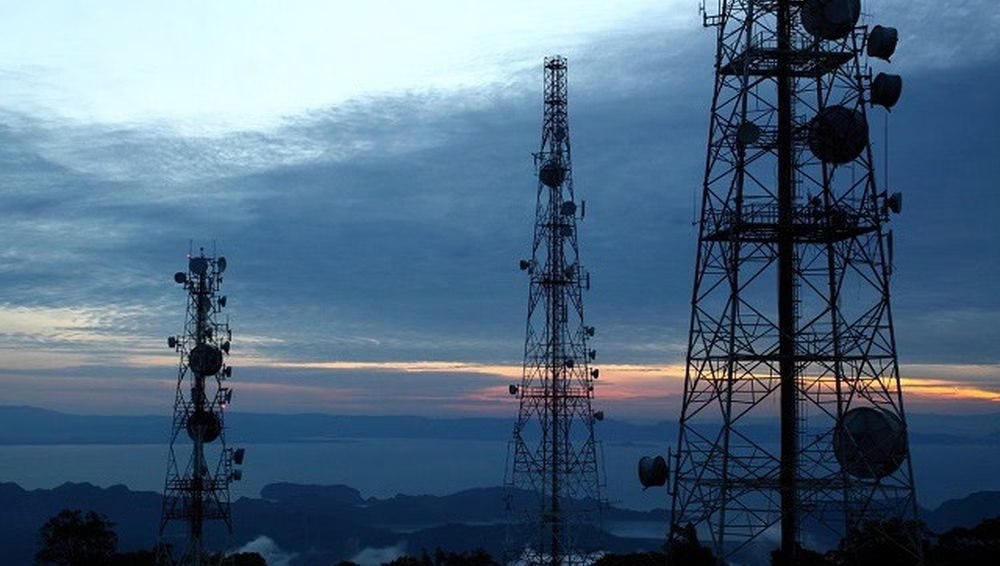A new exoplanet, roughly the size of Earth, has been discovered in the constellation Cetus, and it’s as deadly as it is fascinating. Named TOI-2431 b, the planet lies 117.4 light-years from Earth and boasts extreme conditions that would instantly incinerate any spacecraft or astronaut attempting to land there.
A World of Fire: 5.4-Hour Orbit and Scorching Heat
TOI-2431 b orbits so close to its host star that it completes a full revolution in just 5.4 hours—one of the shortest orbital periods ever recorded for an exoplanet. This tight orbit results in blistering surface temperatures of approximately 1,700°C (3,092°F), enough to melt rock and metal.
Unlike Earth’s relatively mild 365-day year, TOI-2431 b’s “year” is shorter than a typical workday, and this constant exposure to its star’s radiation makes its surface likely molten—a literal planetary furnace.
Discovery and Instruments Used
The planet was detected by an international team of astronomers led by Kaya Han Taş from the University of Amsterdam, using NASA’s Transiting Exoplanet Survey Satellite (TESS). The discovery was confirmed through a combination of:
- TESS photometric transit data
- Radial velocity measurements from NEID and HPF spectrographs
- Speckle imaging via the NESSI instrument
TESS monitors light dips in over 200,000 bright stars, searching for signs of exoplanets. TOI-2431 b became one of 638 confirmed exoplanets out of the 7,600+ TOIs (TESS Objects of Interest) detected since the satellite’s launch in 2018.
A Planet on Borrowed Time
The planet’s host star is a 2-billion-year-old dwarf, about two-thirds the size and mass of our Sun, and it’s slowly pulling TOI-2431 b into a spiraling death. The phenomenon, known as tidal decay, is expected to destroy the planet in roughly 31 million years—a blink of an eye in cosmic terms.
The star, which is about twice as hot as the planet, will eventually engulf TOI-2431 b in a fiery collision.
Next Steps: Studying the Planet with JWST
Researchers hope to observe TOI-2431 b using the James Webb Space Telescope (JWST). The $10 billion observatory, which recently confirmed its first exoplanet, could help determine:
- Whether the planet has a detectable atmosphere
- The composition of its scorched surface
While the planet is uninhabitable, TOI-2431 b provides scientists with a rare opportunity to study ultra-short period exoplanets and better understand planetary systems under extreme conditions.



